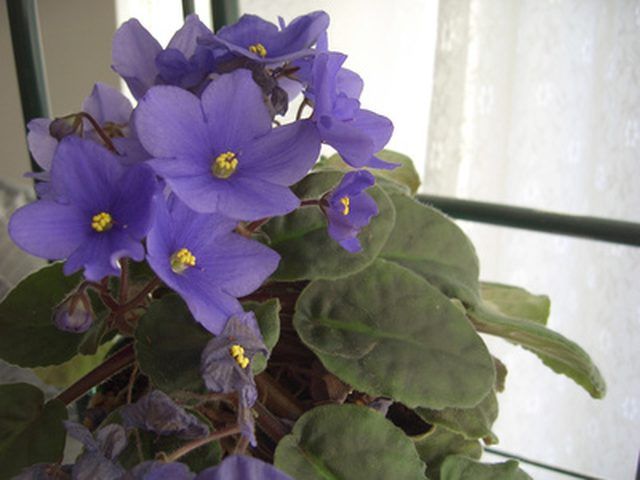Bulbs
Flower Basics
Flower Beds & Specialty Gardens
Flower Garden
Garden Furniture
Garden Gnomes
Garden Seeds
Garden Sheds
Garden Statues
Garden Tools & Supplies
Gardening Basics
Green & Organic
Groundcovers & Vines
Growing Annuals
Growing Basil
Growing Beans
Growing Berries
Growing Blueberries
Growing Cactus
Growing Corn
Growing Cotton
Growing Edibles
Growing Flowers
Growing Garlic
Growing Grapes
Growing Grass
Growing Herbs
Growing Jasmine
Growing Mint
Growing Mushrooms
Orchids
Growing Peanuts
Growing Perennials
Growing Plants
Growing Rosemary
Growing Roses
Growing Strawberries
Growing Sunflowers
Growing Thyme
Growing Tomatoes
Growing Tulips
Growing Vegetables
Herb Basics
Herb Garden
Indoor Growing
Landscaping Basics
Landscaping Patios
Landscaping Plants
Landscaping Shrubs
Landscaping Trees
Landscaping Walks & Pathways
Lawn Basics
Lawn Maintenance
Lawn Mowers
Lawn Ornaments
Lawn Planting
Lawn Tools
Outdoor Growing
Overall Landscape Planning
Pests, Weeds & Problems
Plant Basics
Rock Garden
Rose Garden
Shrubs
Soil
Specialty Gardens
Trees
Vegetable Garden
Yard Maintenance
How to Get Rid of Fungus Gnats
How to Get Rid of Fungus Gnats. Fungus gnats can infest indoor or outdoor plants. The adult fungus gnat looks much like a small mosquito and can be seen flying close to infected plants. While adult gnats do no damage to plants, their larvae damages plant roots. Adult gnats lay hundreds of eggs in rich, organic soil. The eggs then hatch into larvae....

Fungus gnats can infest indoor or outdoor plants. The adult fungus gnat looks much like a small mosquito and can be seen flying close to infected plants. While adult gnats do no damage to plants, their larvae damages plant roots. Adult gnats lay hundreds of eggs in rich, organic soil. The eggs then hatch into larvae. Fortunately, the adult fungus gnat does not bite humans or carry harmful pathogens, according to the Agriculture and Natural Resources Department of the University of California.
Things You'll Need
Sticky tape traps for insects
Flying insect pesticide
Remove dead and fallen leaves from the soil around the infected plant. Look to see if any fungus gnat larvae are present. The larvae are white maggots with black heads.
Allow the soil in the plant to dry out as much as possible without harming the plant. The larvae needs damp soil to survive. The larvae will die in dry soil.
Lay down sticky tape traps near the plant to catch adult gnats. Monitoring the amount of adults on the paper will also show you if the infestation is improving.
Spray the area surrounding the plant with a pesticide. The pesticide should be labeled for flying insect control. Follow the manufacturer's instruction to see if the pesticide is safe to spray directly on the plant.